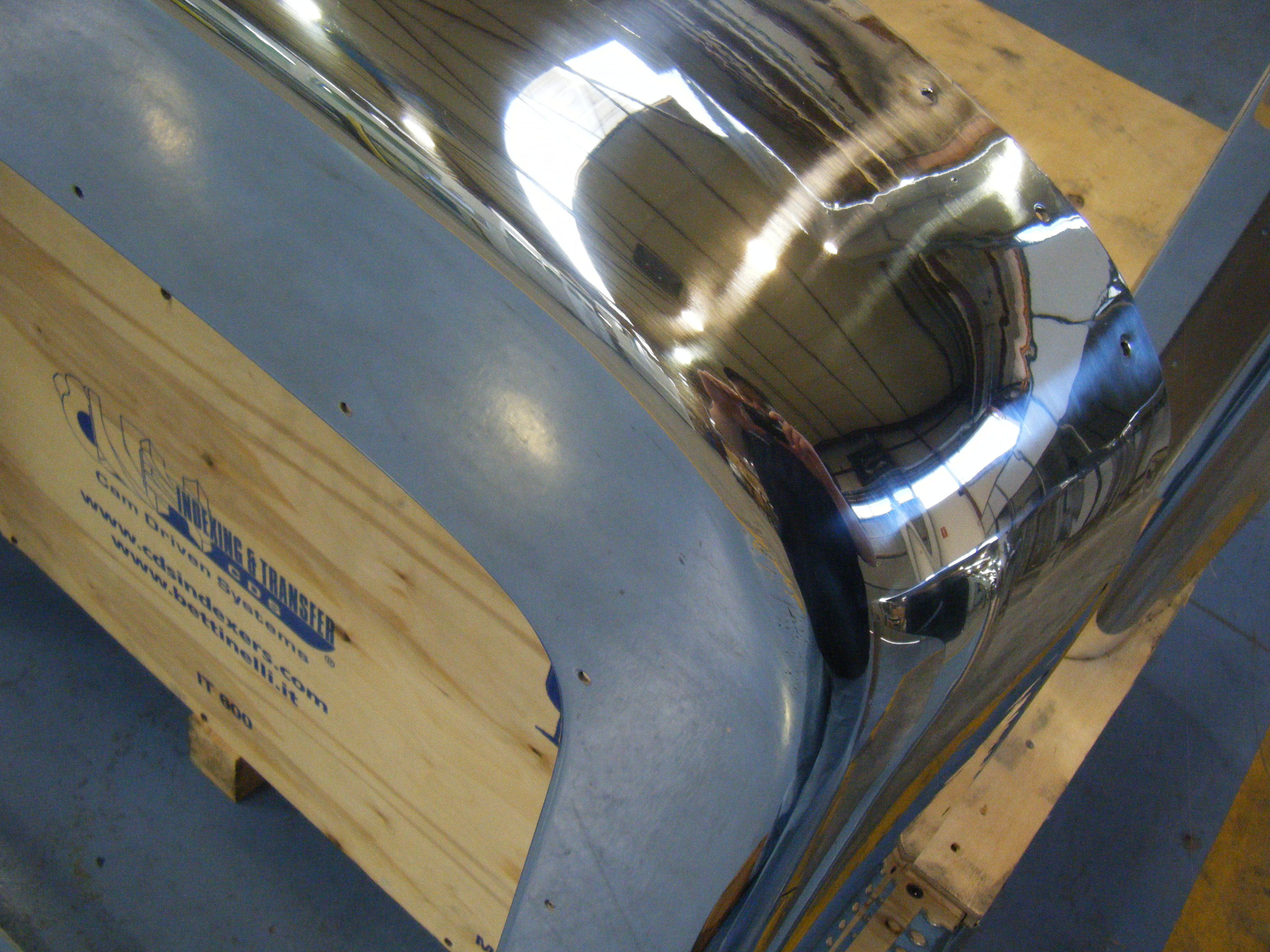
Often when I am asked about polishing I find that there are some basics that folks are not aware of. As with all things every one will have their own way and I am no different. Some people will spend 5 years polishing pipe and find a way that works great due to the volume and time they invest. I tend to touch all manner of items so my experience tends to be more varied. I do not offer this as the carved in stone rule but rather the results of that varied experience over many years and parts.
You need to separate the processes if quality is key:
If you prep, sand and polish in the same machine or even the same area you can run into quality issues. The dust from the sanding will get into everything no matter how good your collection. It seems to find its way every place no matter what. That debris will get into the polishing buffs and collect on the parts. This can lead to random defects and finish issues very hard to track down. Separating the steps is the best way to try and avoid these issues and keep finish quality and consistency high.
Prep is key:
No matter how good your equipment or staff if the prep is not good the final product will not be good. With cast or even machined parts you have to pay attention to the prep. If you want a smooth chrome like finish you have to do the steps to prep the surface. The part and starting condition will dictate this but there are some basics. In general you can move to a cutting buff at 400 grit. As long as you are able to cross the finish lines at some angle with the buff you can work from the 400 grit and avoid some of the typical added steps. This helps speed things up while still getting a good finish. The level of finish you need will play a role here and you may need a bit more or can get away with a bit less. In general start with a 400 grit finish for polishing.
Cut and color, Buff and polish there are any number of names here and do you need both:
I say cut and color myself. Cut is the coarse step that removes the sanding lines as a whole. This tends to be a denser buff with a coarse compound and is removing some material. This is almost an added preparation step in some cases. This reduces or removes the sanding lines and can conform to get into some odd areas to help even out the finish that sanding may have missed. Its not a cure all but is very helpful to a good even finish. This step is required and you will not have much choice.
Coloring is the second step in the polishing phase that pushes the finish. This is where you can get that deep reflection and smooth surface. But it is also where you can find every single defect you missed in the other steps. As soon as you color a part every tiny defect will jump out at you and you should use the first parts colored as a guide to adjust the other steps. If you skip the coloring you will get a "polished" part but it will have a haze to it and you will probably see sanding lines in the background. If you need a high quality clear finish you need the second or coloring step.
Cant I just use a softer cutting buff to avoid the two step cut and color?
Yes you can. But there is a trade off to be had as with all things. You can remove the second step but the finish will not be the same quality. This is where knowing your parts and what final result you need come in. If you do not need a very high quality and some haze is ok then by all means this would work. You will need to do a bit of testing to find the buff and compound combo that works best but it is viable.
Getting consumables:
Just like me doing plumbing is a bad idea getting buffs from Amazon is also. You need to find someone who knows buffs and compounds to help you. There is so much variety that you just can not know it all without dedicating time to it. People that deal with them every day know the different materials and construction to help guide you to where you want to be. Yes they will cost more than the internet store of your choice but in the end it will cost you less time and money. Any one can remove a bolt but experience is knowing what bolt to remove. Find someone and work with them it will make your life easier.
These are just some of the most basic things to help understand polishing and the process a bit. There is no one size fits all and working with people who know their fields is by far the best advice. Polishing can be a pain in the butt, but when you get that first high quality part in your hand it can be amazing. As always feel free to email with any questions as I am happy to give advice to detail if needed.
Joe Amick
joe@ammachinerysales.com
Topics tube finishingmetal finishingwheelspolishing